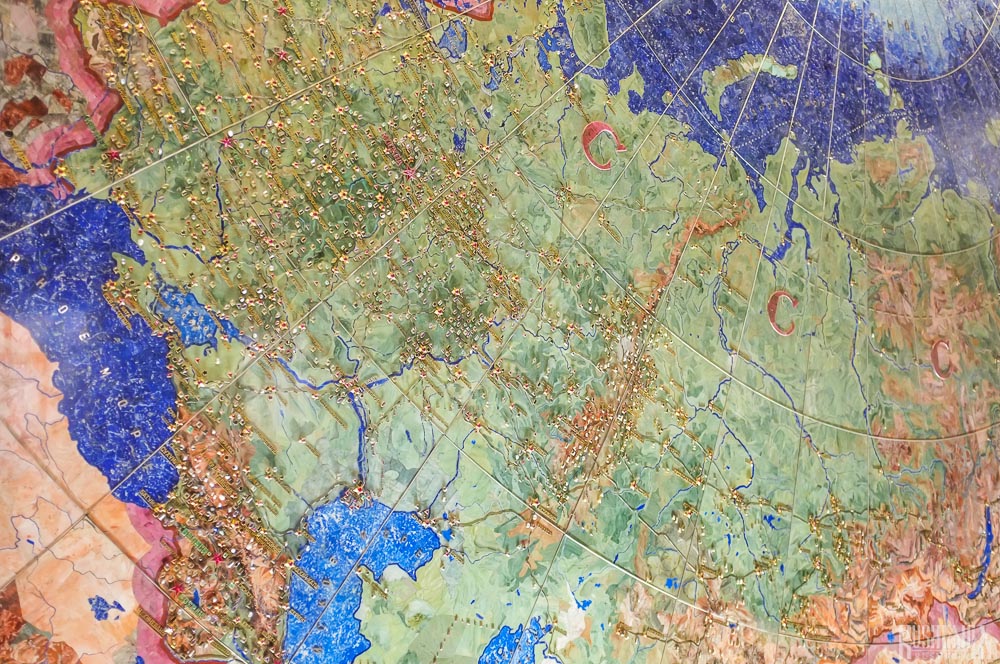Nikola-Lenivets - the largest Art-Park in Europe
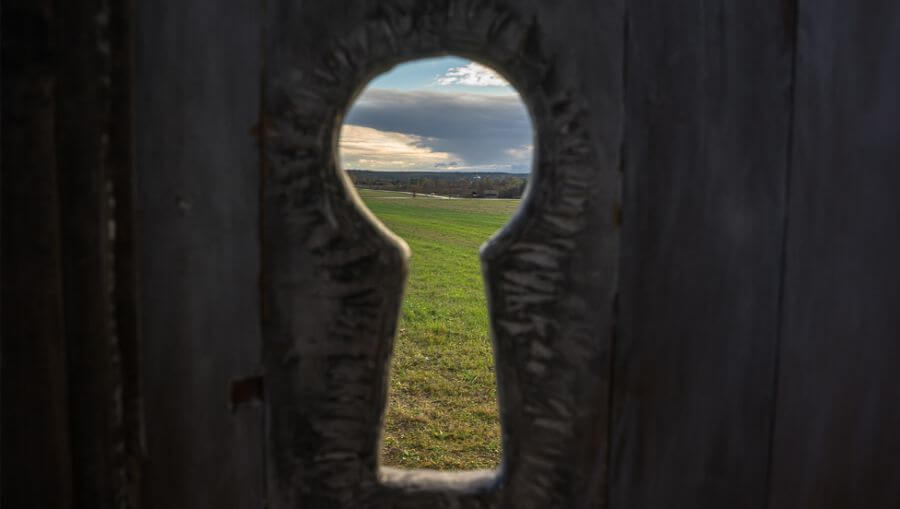
NIKOLA-LENIVETS: THE LARGEST ART-PARK IN EUROPE
►Routes ►Places ► Nikola-Lenivets Art-Park

In the Kaluga Region, which neighbours the Moscow Region, there is a place which attracts artists, romantics, architects, nature lovers and adventurists alike. Just 200km from the Russian capital and you find yourself in a different world - endless forests and fields, hills and gorges, a picturesque river.
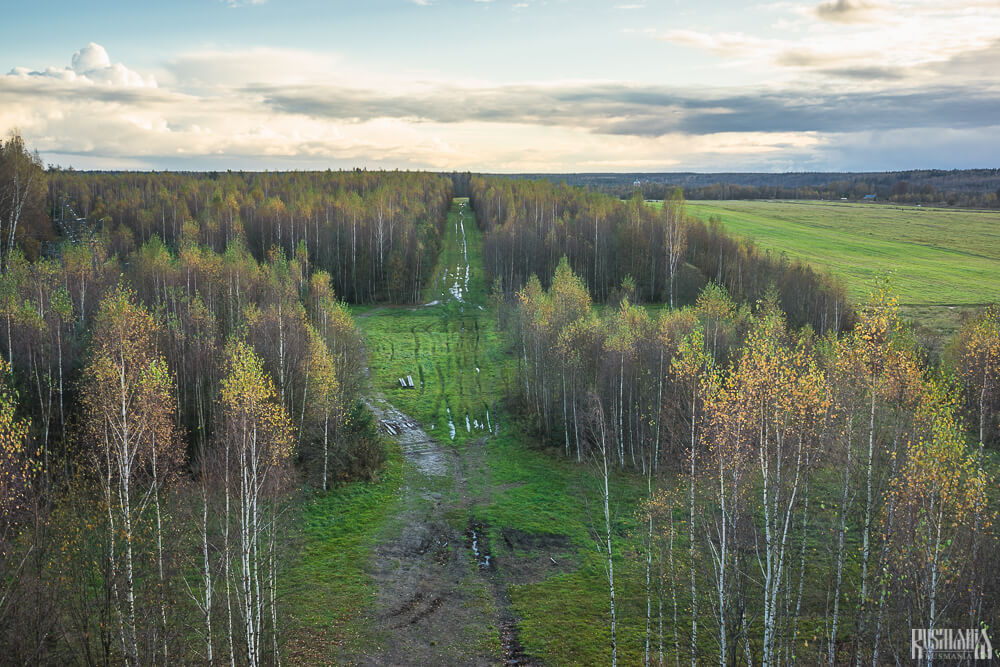
This natural beauty is added to by lots of enormous and varied wooden art installations, many of which you can actually climb into and explore.
There is no industry here and you won't even see any smoky chimneys on the horizon, in fact the only sources of pollution here are the odd car you will see as visitors arrive and leave and the planes you will see flying overhead. This is Nikola-Lenivets – the largest art-park in Europe.

It covers a territory of 600 square metres, part of which is located in the Ugra National Park. The art installations are dotted all over the park, the majority of them are made out of word and harmoniously blend into the natural surroundings.
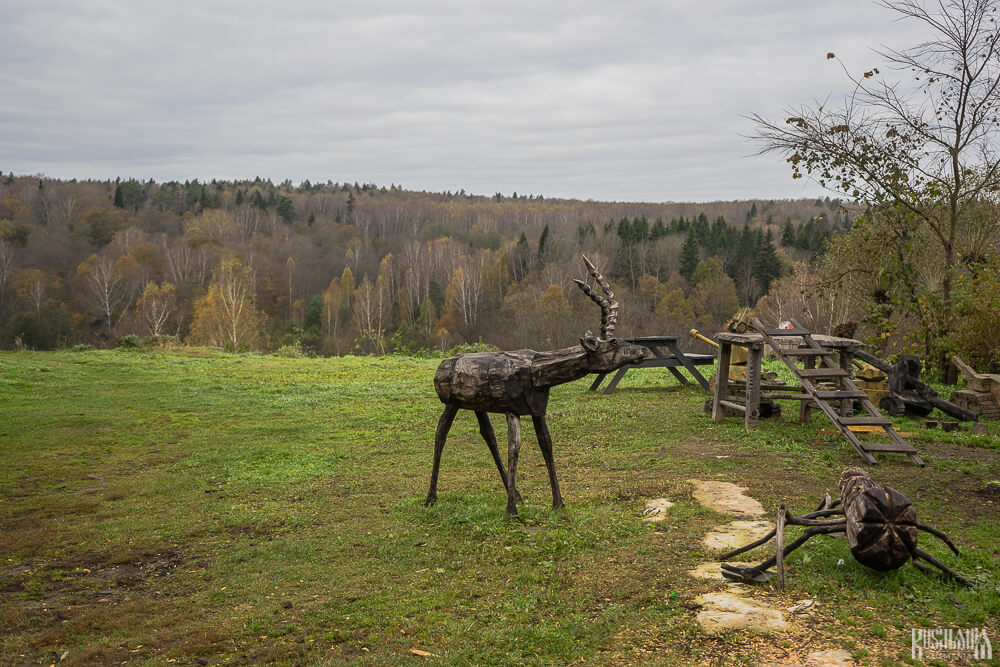
You can find here both small pieces – such as wooden sculptures of animals hanging from the trees – and larger pieces, for example one of the symbols of the park – an installation called Bobur.

The park was founded by the artist Nikolai Polussky who moved here in the 1990s. Many of the art installations were created by Nikolai himself, he still lives in the village of Nikola-Lenivets around which the art-park was created.
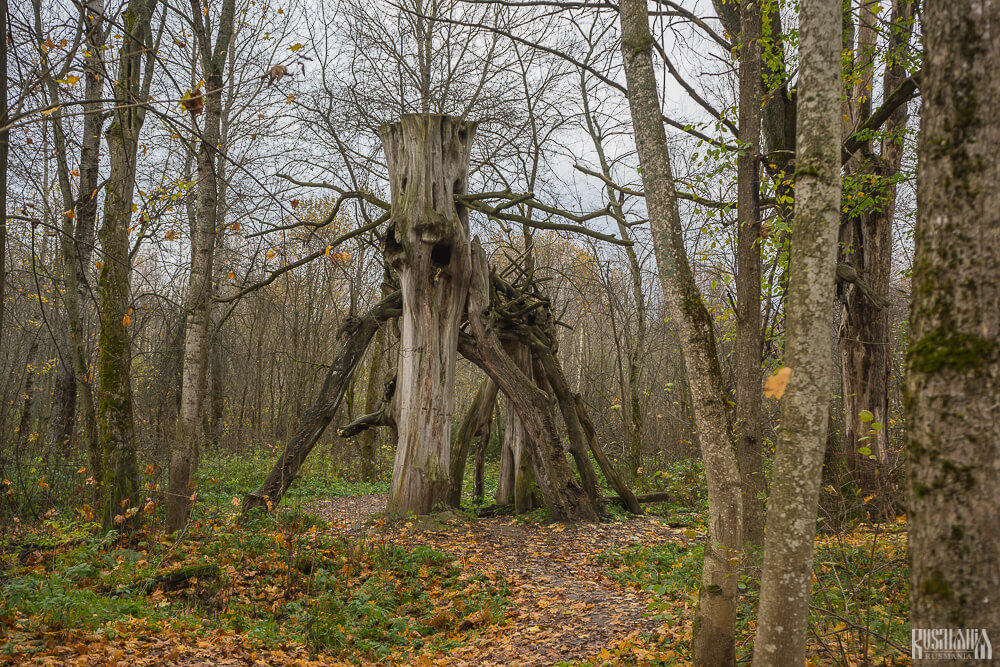
Each year the park plays host to the Arkhstoyanie Land Art Festival, when new installations are unveiled in the park.
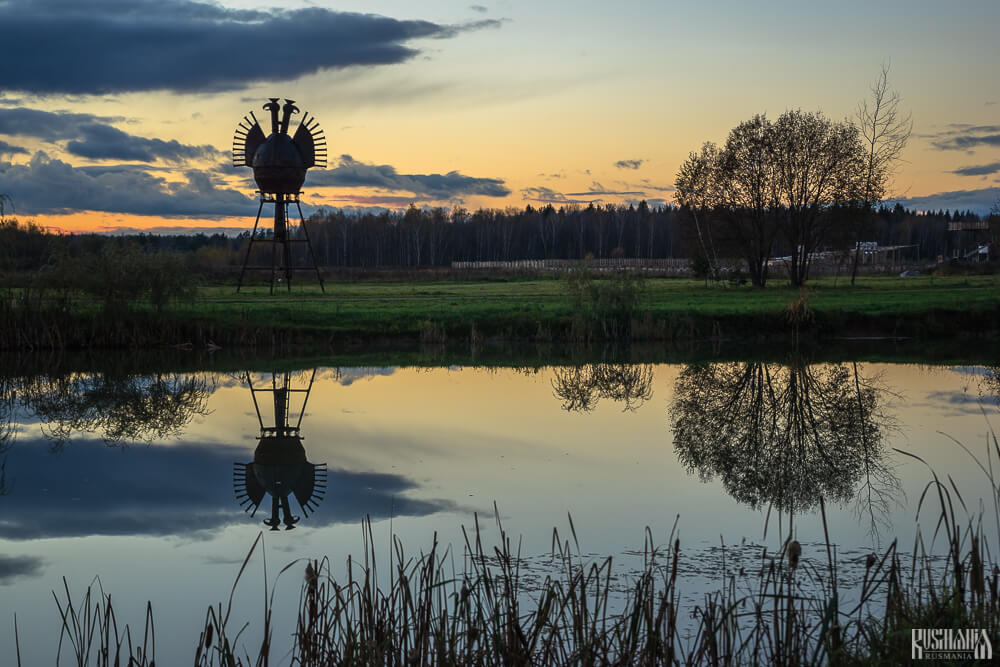
Some of them become semi-permanent installations, meaning they will stand until they need to be demolished due to their age, while others are dismantled immediately after the festival. The most famous of the semi-permanent art installations include:
BOBUR
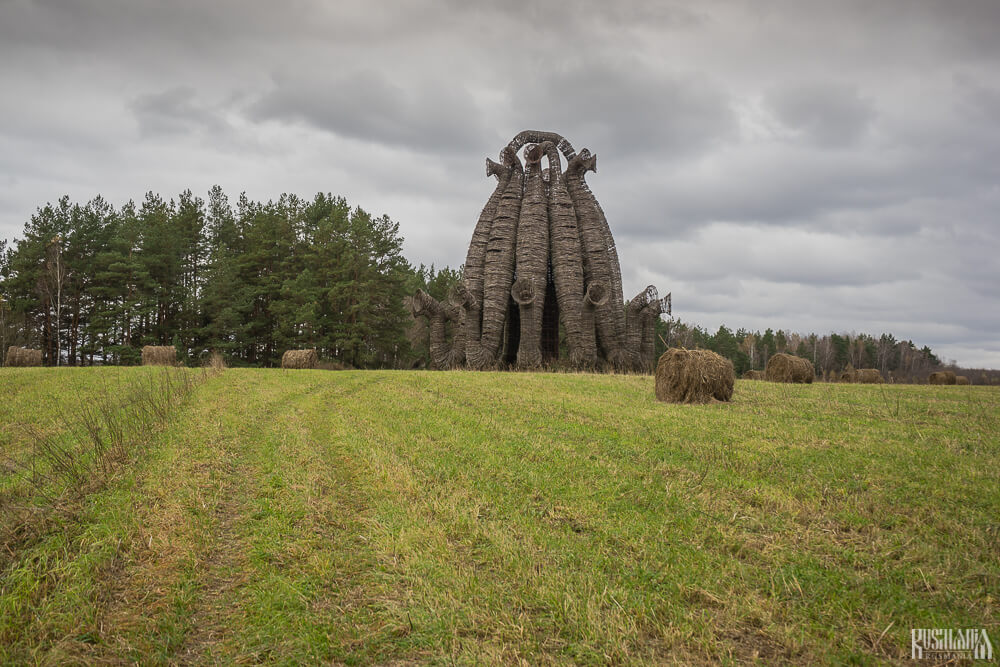
A 22-metre tower with a metal framework surrounded by weaved branches. It has been described as resembling a gigantic octopus falling to earth or several saxophones placed in a ring. It is possible to climb up the stairs inside to the top of the installation and enjoy great views of the park.
LIGHTHOUSE
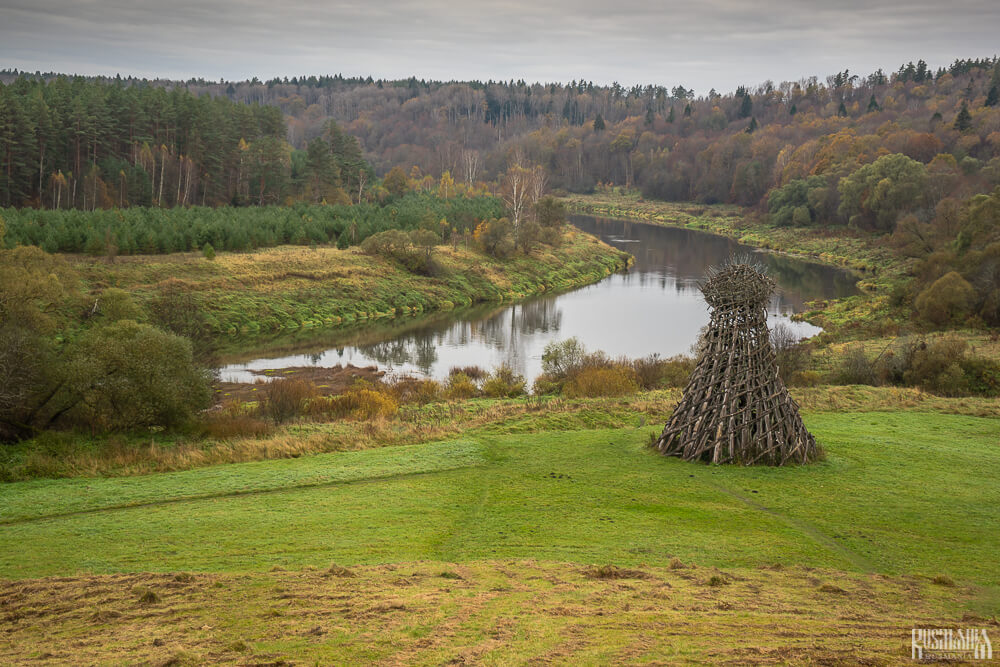
This installation is located in what is perhaps the most beautiful part of the park on the bank of the River Ugra. It is a 12-metre construction with woven branches of elm around a wooden spiral staircase. Again it is possible to climb up inside to enjoy the views from the top. The construction is located between the river and the old church of Nikola-Lenivets village, however it manages to blend in well with its traditional Russian surroundings.
BRODSKY ROTUNDA
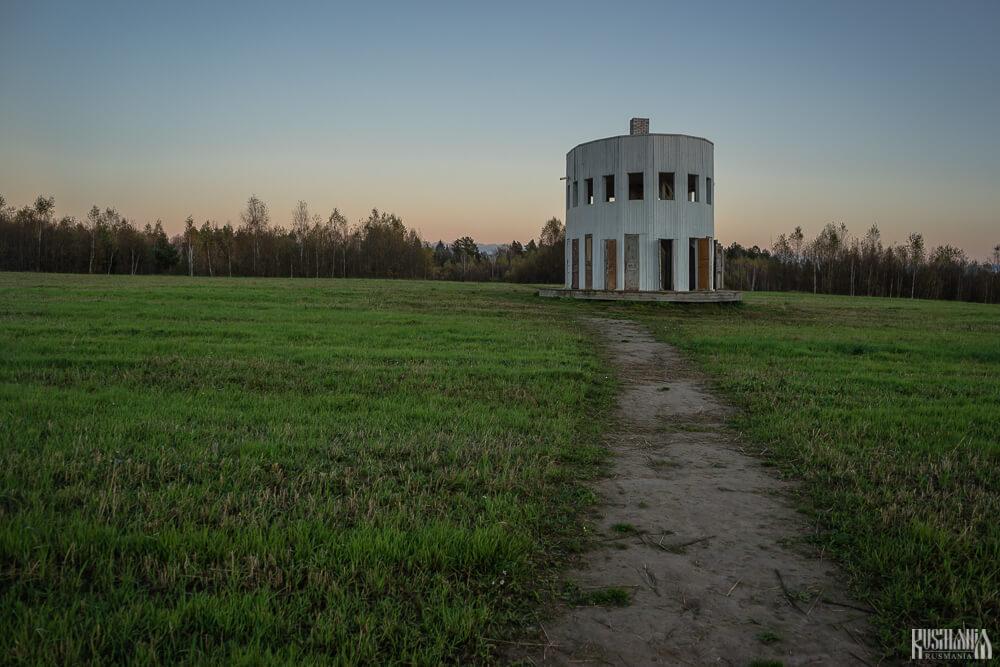
White wooden structure consists of a round building whose base is made up of many old doors. It stands alone in the centre of a field which in summer is filled with sunflowers.
UNIVERSAL MIND
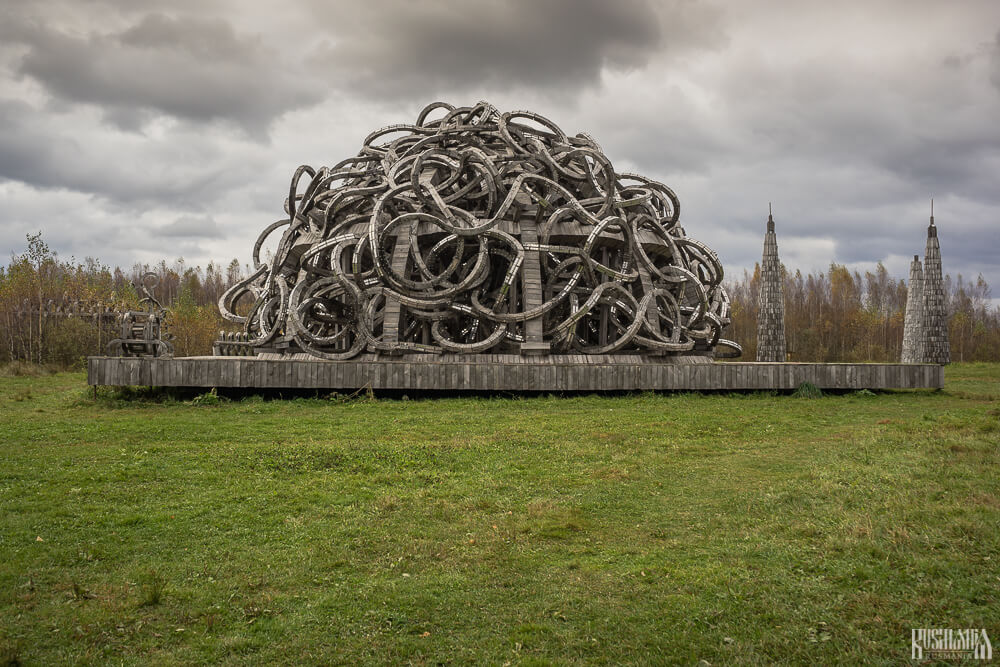
Universal Mind – this is a massive anthill made of curved planks of wood covered with mirrors representing two brain hemispheres.
In the summer the park has several cafes, but from autumn to spring, only one of these is open. It is possible to hire a barbeque and cook shashlik though all year round. You can also spend the night, or even several nights, here and there is a wide range of accommodation available: tents, rooms in a hostel or comfortable designer cottages.
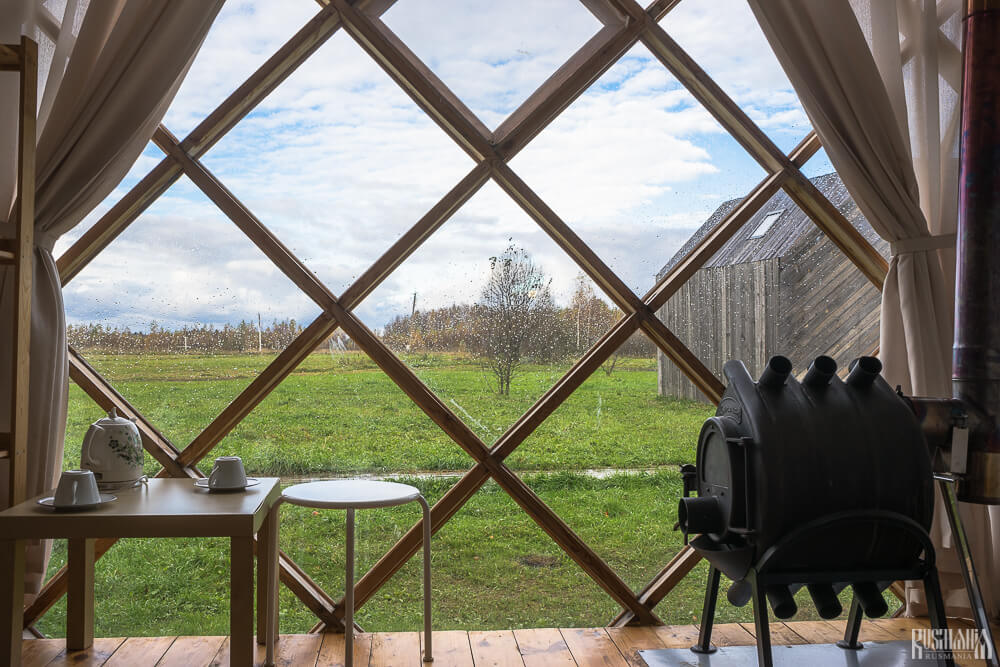
Most people get to the park in their own cars which is by far the easiest way considering that the closest large settlement is 30km away. However if you don’t have your own transport there are other options:
The cheapest:
- express train from Moscow to Kaluga (2 hours) then a bus to Kondrovo (1 hour) and then a taxi to the park (40 mins).
The quickest:
- express train from Moscow to Maloyaroslavets (?? Hours) and then a taxi to the park (1½ hours).
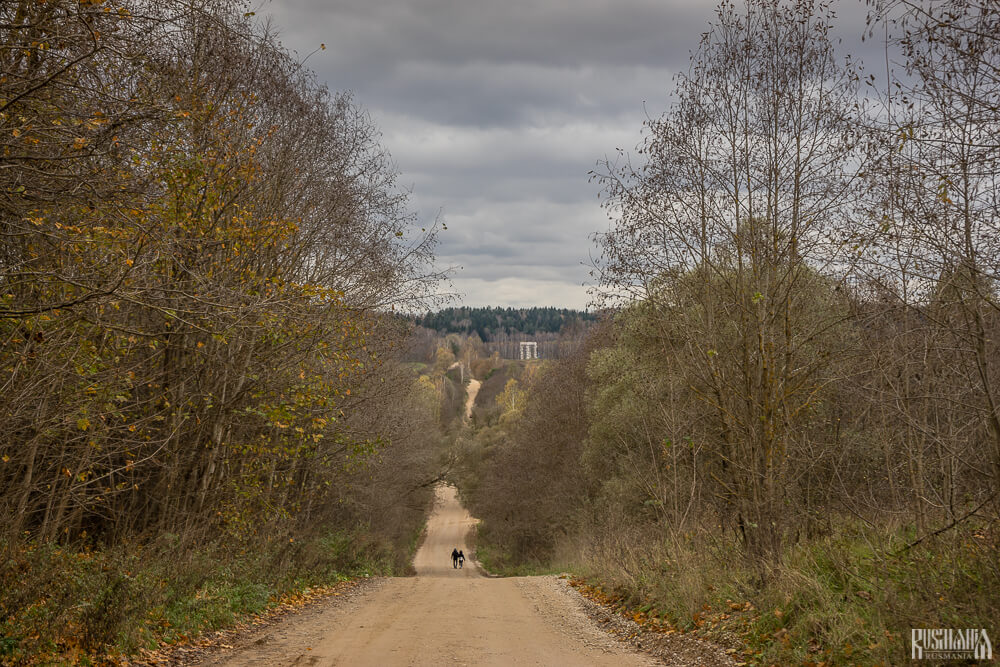

►Routes ►Places ► Nikola-Lenivets Art-Park
• OTHER PLACES •
THE GEOLOGICAL MUSEUM IN ST PETERSBURG
St Petersburg has hundreds of museum and many of the smaller ones are often unfairly overlooked by tourists. One such hidden gem is, quite literally, the Geological Museum which is part of the Aleksandr Karpinsky All-Russian Scientific and Research Geological Institute.
GOROKHOVETS – AN UNDISCOVERED JEWEL ON THE EDGE OF THE GOLDEN RING
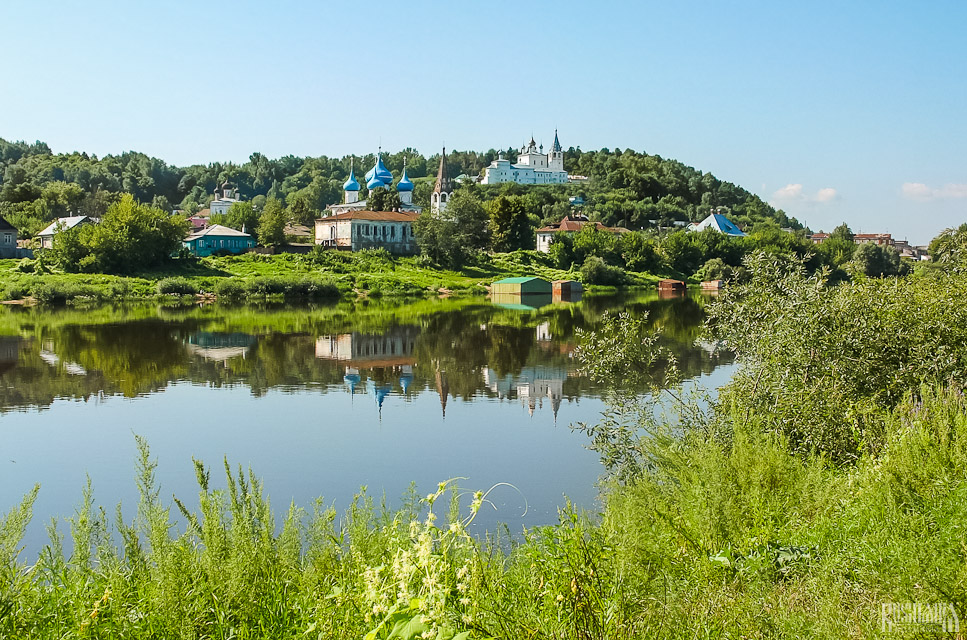 In 2010 the Russian Ministry of Culture created a new list of “historical cities of Russia” limiting the status to just 41 cities (there were previously over 400). We visit some of these historical cities to see whether they have the potential to become popular tourist destinations.
In 2010 the Russian Ministry of Culture created a new list of “historical cities of Russia” limiting the status to just 41 cities (there were previously over 400). We visit some of these historical cities to see whether they have the potential to become popular tourist destinations.
THE TRANQUIL WORLD OF KENOZERO NATIONAL PARK
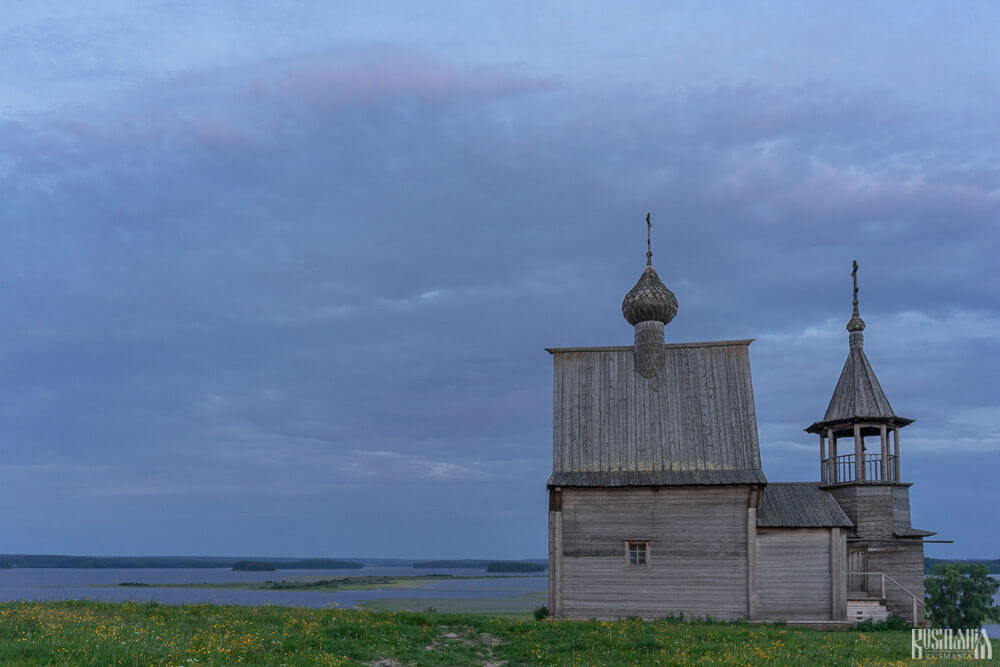 Russia has around 50 national parks which were set up to preserve the country’s most spectacular nature, as well as its cultural heritage and traditional ways of life.
Russia has around 50 national parks which were set up to preserve the country’s most spectacular nature, as well as its cultural heritage and traditional ways of life.
THE PARAMONOVSKIE WAREHOUSES IN ROSTOV-ON-DON
 One of the most popular and most unusual sights in the southern Russian city of Rostov-on-Don are the Paramonovskie Warehouses, which are the ruins of 19th century warehouse complex, located just of the city’s pleasant Don embankment.
One of the most popular and most unusual sights in the southern Russian city of Rostov-on-Don are the Paramonovskie Warehouses, which are the ruins of 19th century warehouse complex, located just of the city’s pleasant Don embankment.
